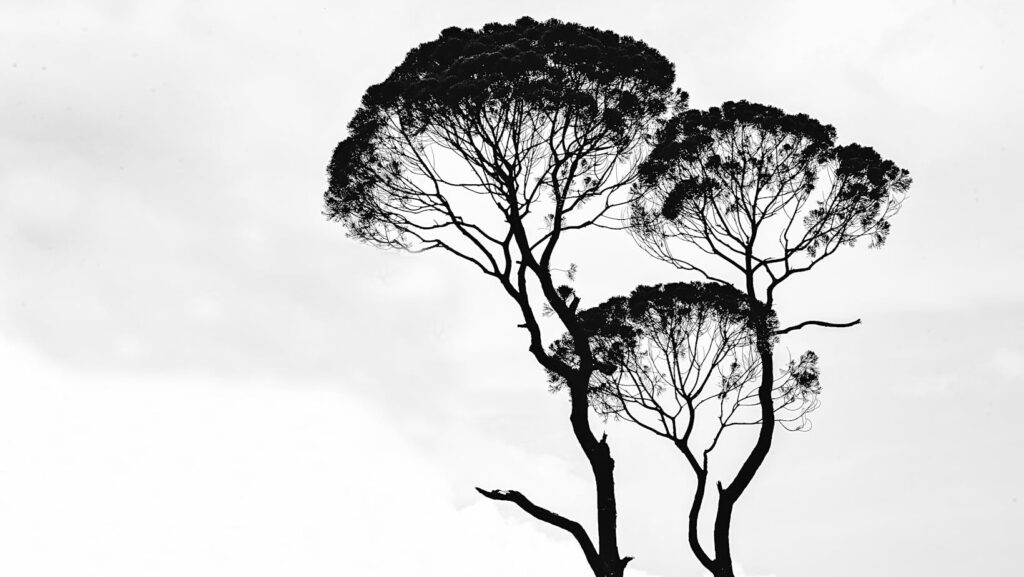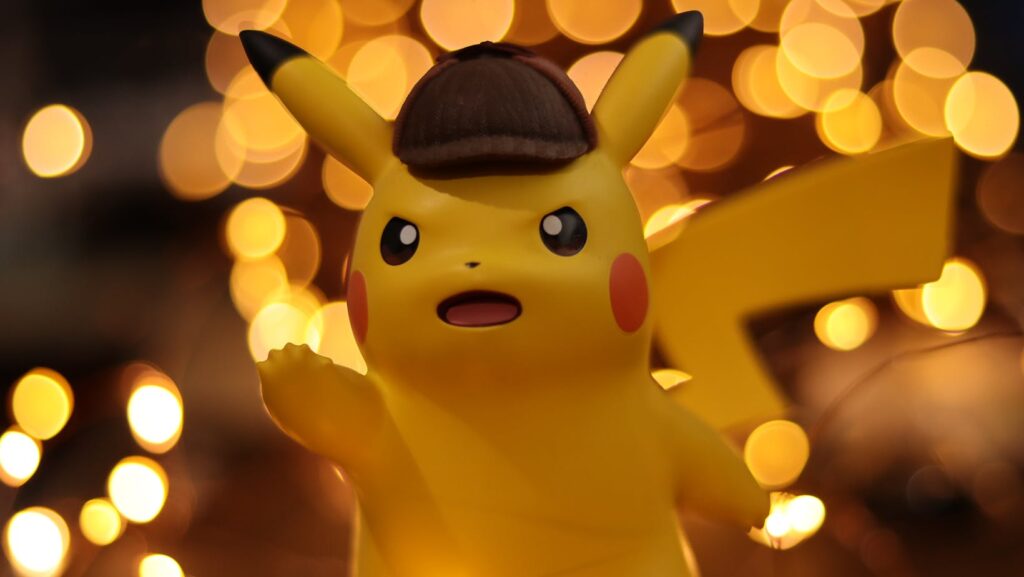Art designs aren’t just splashes of color on a canvas or intricate sketches on a piece of paper. They’re a visual language, a means of expression that transcends boundaries and cultures. They’re the lifeblood of our visual culture, shaping how we see the world around us and enriching our preparation for deeper understanding and introspection. One of the biggest misconceptions is also that art is a luxury, so learning about cost saving strategies is also key to delve into the art world.
Aesthetic:nigrletccy4= Art
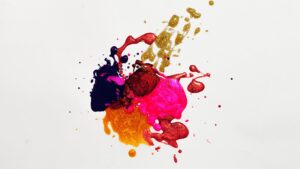 Art design have seen a dramatic transformation over the centuries. Robust, visceral cave paintings by our stone-age ancestors, resplendent with hand stencils and cutout shapes, marked the initial chronicles of this evolution full of design secrets. As humans developed their cognitive abilities, so did their aesthetic expressions. The remarkable frescoes of the Roman Empire and the Byzantine era of the Middle Ages, flourished into the Renaissance period’s multi-faceted expressions, such as Da Vinci’s Mona Lisa, noted for hinting at hidden complexities.
Art design have seen a dramatic transformation over the centuries. Robust, visceral cave paintings by our stone-age ancestors, resplendent with hand stencils and cutout shapes, marked the initial chronicles of this evolution full of design secrets. As humans developed their cognitive abilities, so did their aesthetic expressions. The remarkable frescoes of the Roman Empire and the Byzantine era of the Middle Ages, flourished into the Renaissance period’s multi-faceted expressions, such as Da Vinci’s Mona Lisa, noted for hinting at hidden complexities.
With each passing era, art designs have mirrored societal norms and values, thereby acting as a silent historian. Impressionism defied traditional art norms by focusing on the impression of the moment. Cubism, inspired by African art and geometrical forms, set precedence for abstract art.
Key Elements of Effective Art Design
Color Theory
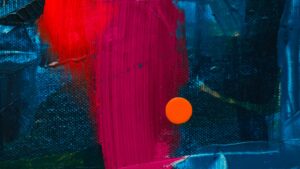 Diving deep into the essence of art design, Color Theory emerges as a keystone. It focuses on the psychological and visual impact of color. This theory emphasizes the combination of primary, secondary, and tertiary colors, embracing their intensity and value. For instance, the ‘warm’ colors—red, yellow, and orange—offer an illusion of warmth potentially evoking emotions like joy and passion. On the other hand, ‘cool’ colors such as blue, green, and violet often imply peace and tranquility.
Diving deep into the essence of art design, Color Theory emerges as a keystone. It focuses on the psychological and visual impact of color. This theory emphasizes the combination of primary, secondary, and tertiary colors, embracing their intensity and value. For instance, the ‘warm’ colors—red, yellow, and orange—offer an illusion of warmth potentially evoking emotions like joy and passion. On the other hand, ‘cool’ colors such as blue, green, and violet often imply peace and tranquility.
Working with these aspects, artists create visual stimulations that resonate with spectators. Moreover, concepts like analogous colors (colors that are located close on the color wheel) and complementary colors (opposite colors on the wheel) enrich art designs, enhancing its effectiveness.
Balance and Harmony
Another vital piece of the art design jigsaw is Balance and Harmony. This component of design entails the distribution of elements, ensuring that no single part overpowers the others, establishing equanimity in an art piece. For instance, when there’s a large, dark area in an art piece, balance can be restored by adding a series of smaller, lighter elements.
Harmony, meanwhile, emphasizes the unity among the elements in a given design. It’s about ensuring a consistent, pleasing relationship between different design elements. If a composition uses a particular shape — say, rectangles — that shape’s repeated use signals harmony. These concepts work in tandem to create compelling visuals, instilling order and coherence in art designs.
The Role of Art Designs in Modern Marketing
Brand Identity
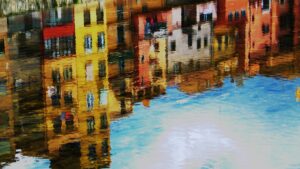 Art designs stand at the heart of brand identity. They provide a visual representation of a brand’s values, personality, and proposition. By employing tailored color palettes, typography, and iconography, designers give brands a unique visual identity, making them instantly recognizable among a sea of competitors. For instance, the golden arches represent McDonald’s, synonymous with the brand worldwide, underscored by the strategic use of red and yellow colors to induce feelings of happiness. Similarly, the simplistic yet iconic Apple logo mirrors the company’s minimalist design philosophy while denoting creativity and innovation.
Art designs stand at the heart of brand identity. They provide a visual representation of a brand’s values, personality, and proposition. By employing tailored color palettes, typography, and iconography, designers give brands a unique visual identity, making them instantly recognizable among a sea of competitors. For instance, the golden arches represent McDonald’s, synonymous with the brand worldwide, underscored by the strategic use of red and yellow colors to induce feelings of happiness. Similarly, the simplistic yet iconic Apple logo mirrors the company’s minimalist design philosophy while denoting creativity and innovation.
Consumer Perception
Consumer perception, swayed by art designs, decides the fate of a product or service in the market. Designs elicit emotional responses, build trust, and enhance recall value, profoundly affecting consumers’ buying decisions. For example, Amazon’s logo uses a subtle arrow spanning from A to Z, conveying their wide range of offerings and a customer-centric approach that values satisfaction and convenience. As such, the influence of art designs extends beyond visual appeal, shaping consumer experiences, guiding perceptions, and impacting purchasing behavior in contemporary marketing.
Art Designs
Art designs have come a long way. From their humble beginnings in prehistoric caves to their transformation in the digital age, they’ve continually adapted to reflect and challenge societal norms. Today, they’re more than just aesthetic elements. They’re strategic tools in modern marketing, shaping brand narratives and influencing consumer behavior. Through personalized color schemes and memorable imagery, they craft unique brand identities that resonate with consumers.

